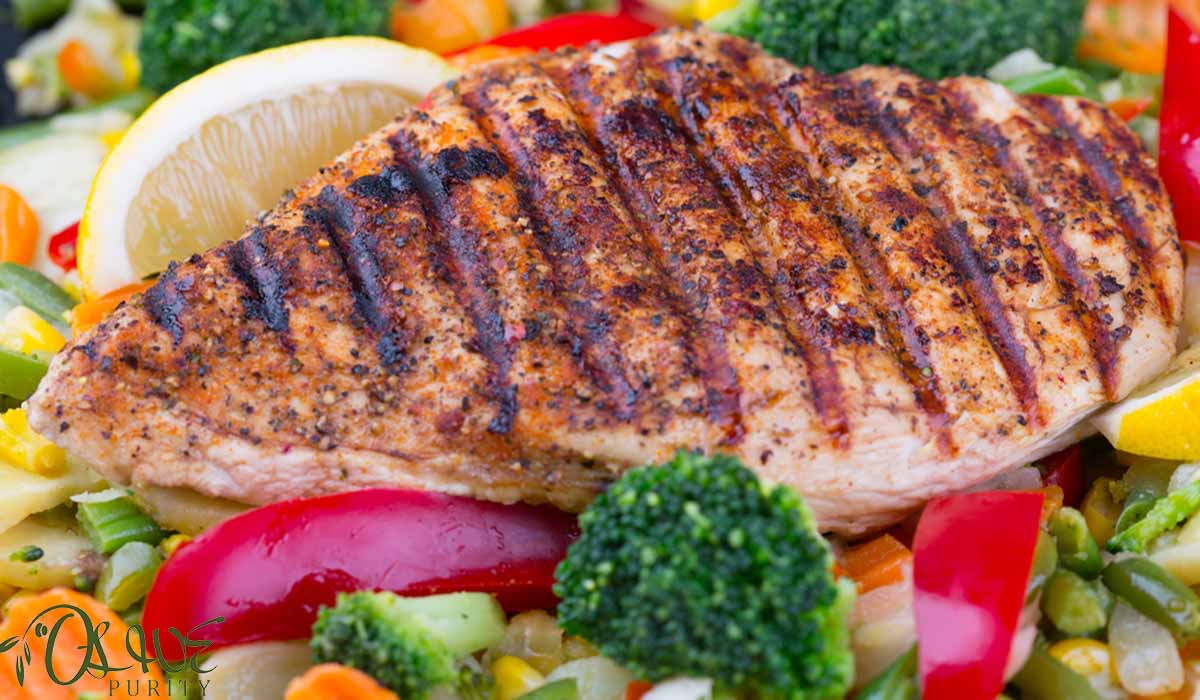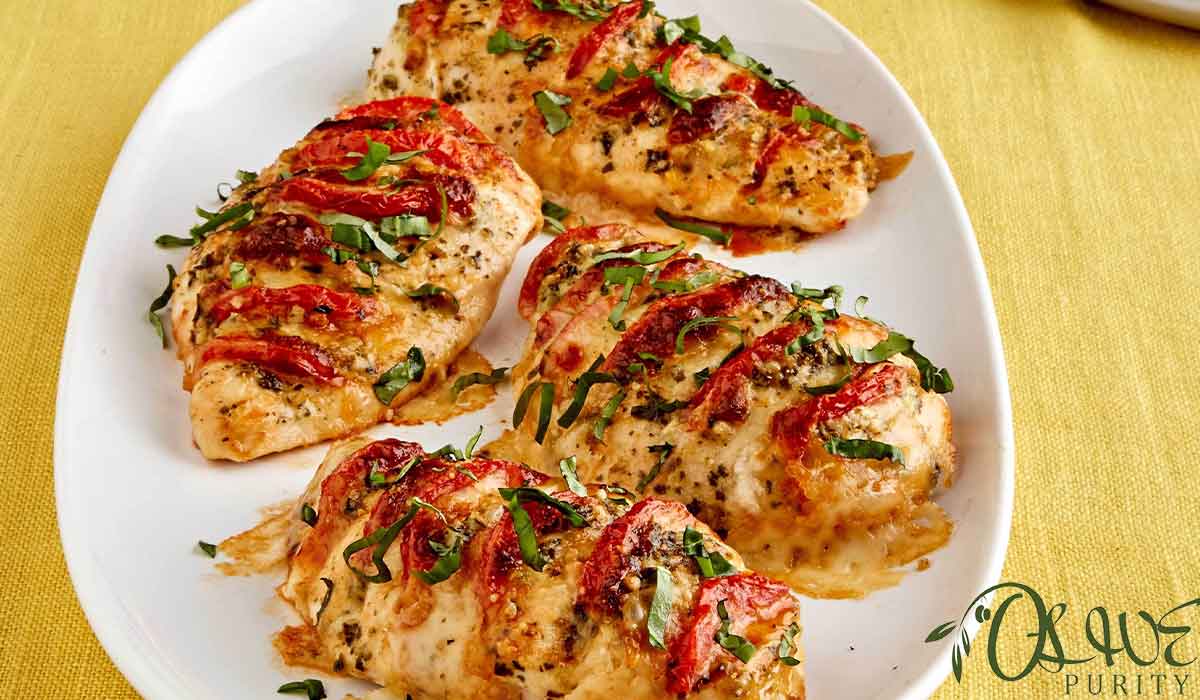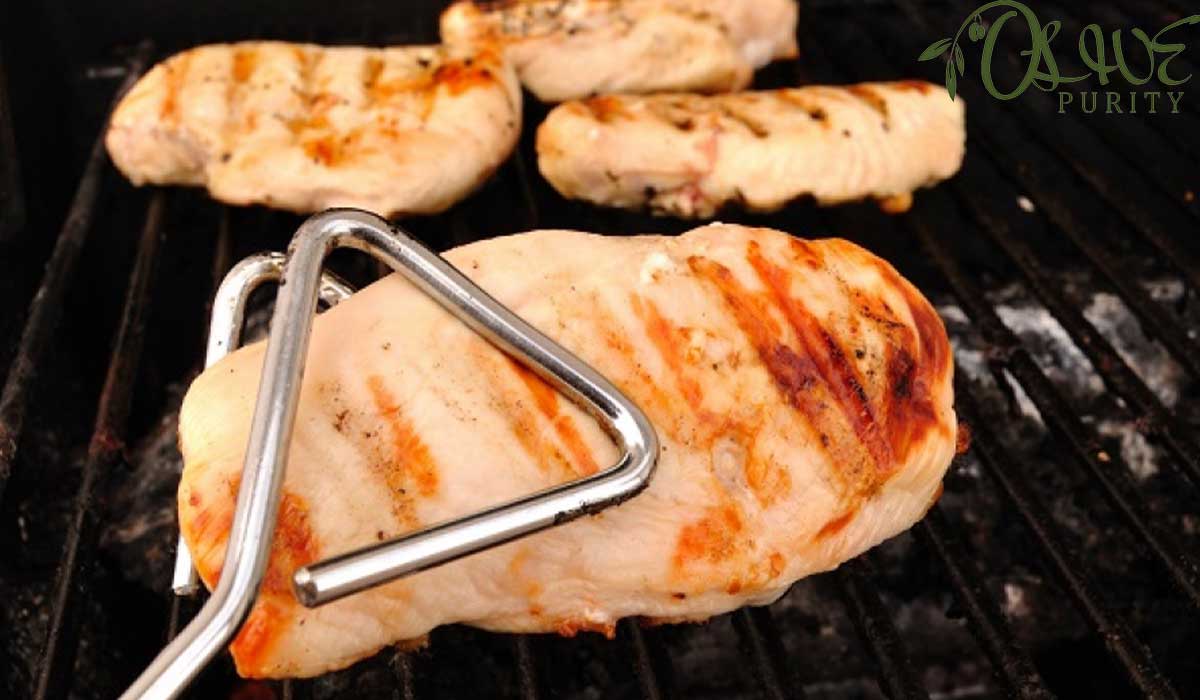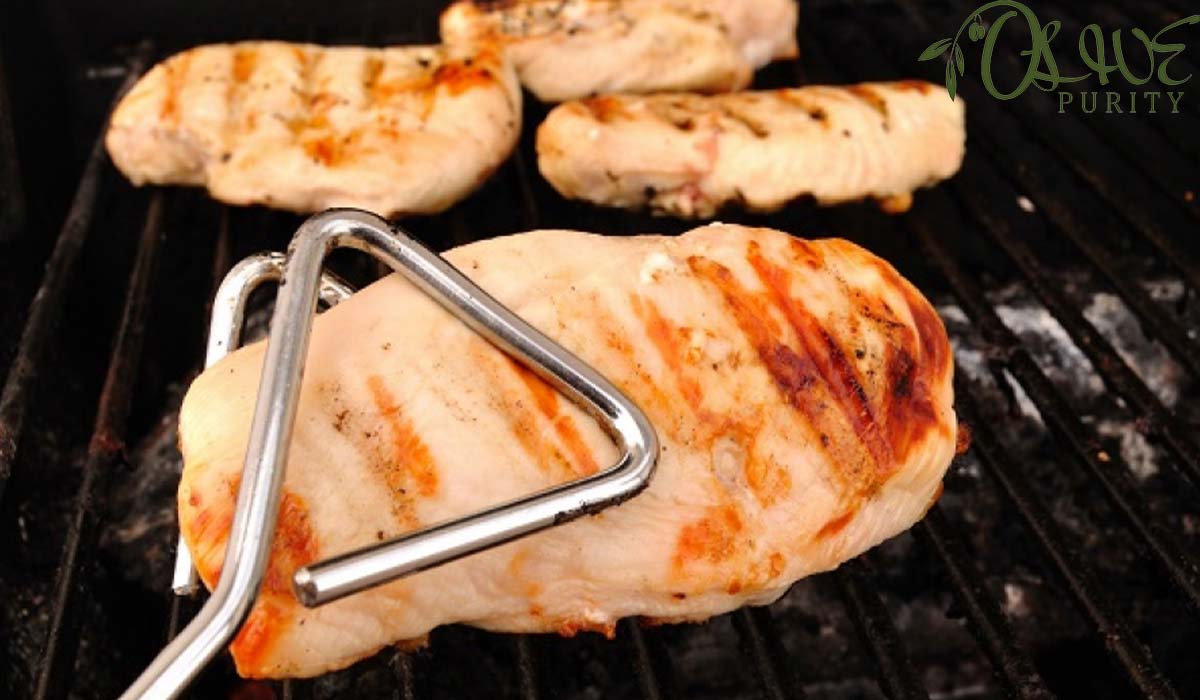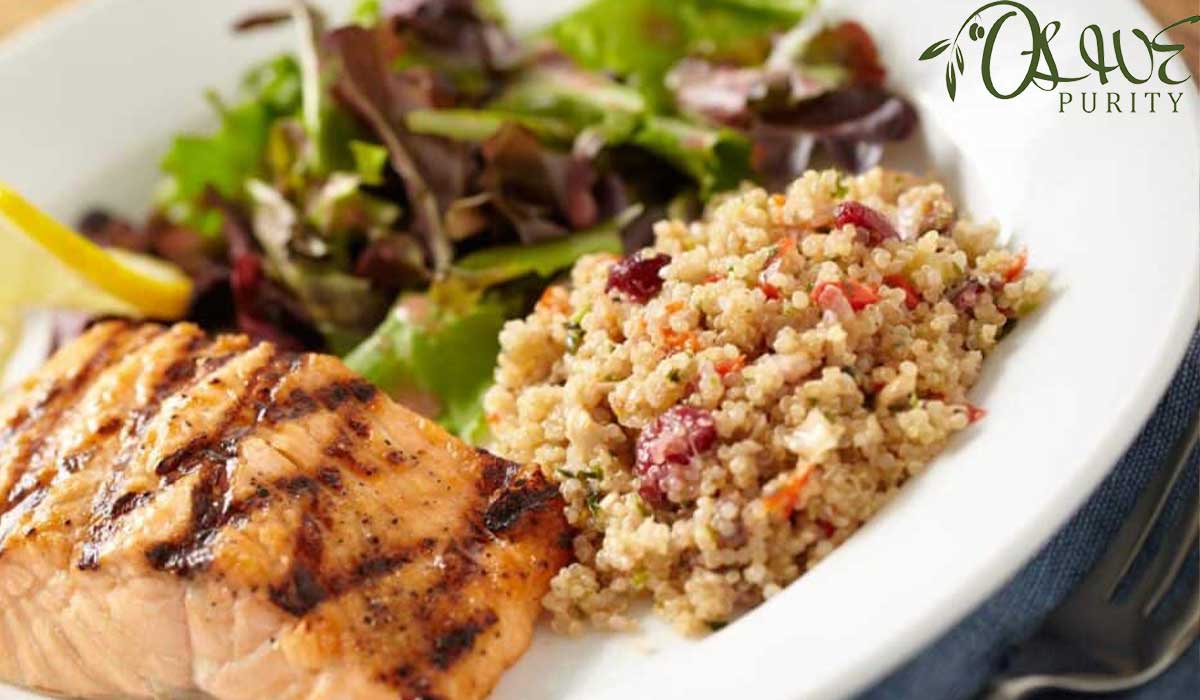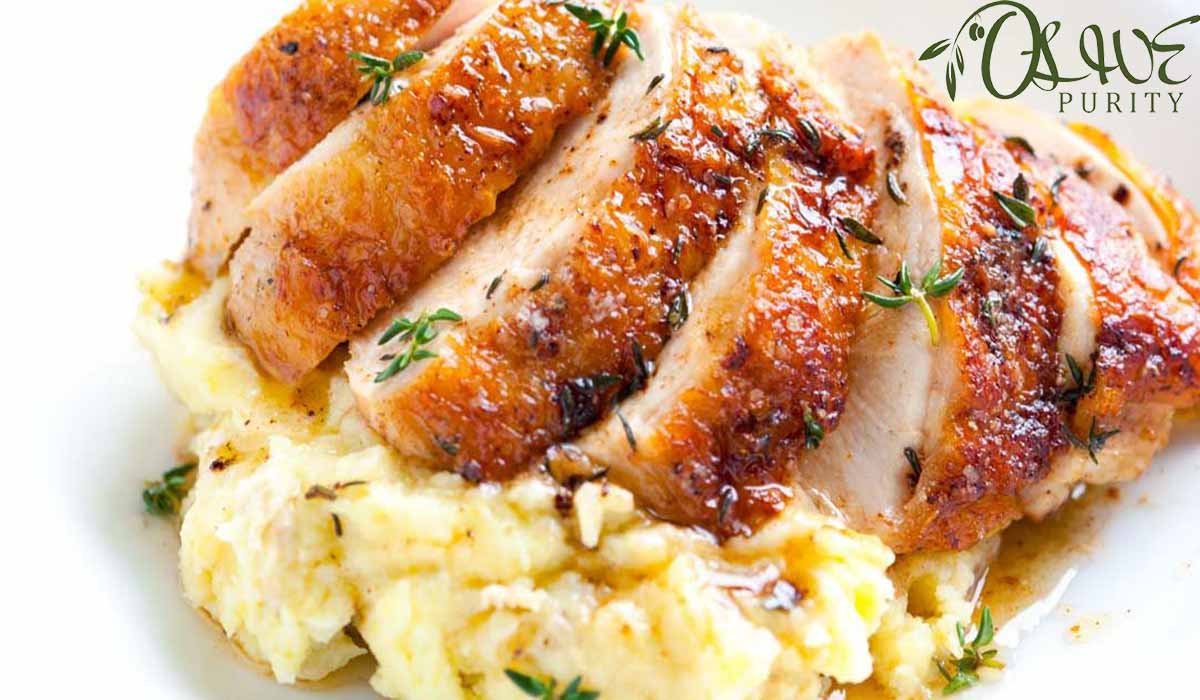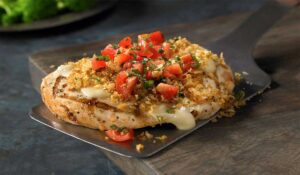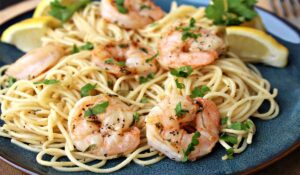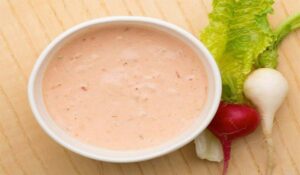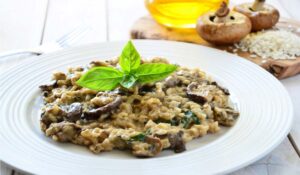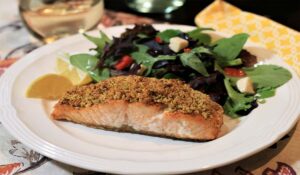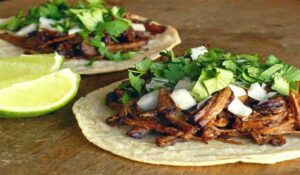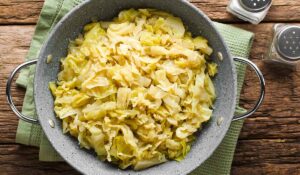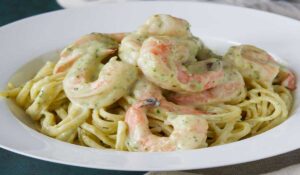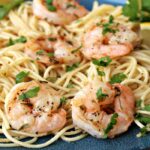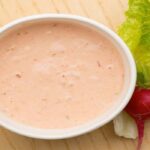The Ultimate Guide to Cooking Juicy Cast Iron Chicken Breast
When it comes to easy homemade dinners, juicy cast iron chicken breast is a weeknight MVP. But cooking chicken in a way that keeps it moist and tender can sometimes feel like alchemy. With a cast iron skillet and a few tips though, achieving perfect poultry is simple. Read on for the foolproof method to cooking juicy chicken every time!
Choosing Your Chicken Breast
Selecting high quality chicken is key for ensuring it stays juicy under the heat of the skillet. Opt for boneless, skinless breasts that feel plump and smooth without any striations along the surface. Avoid chicken that looks unevenly shaped, yellowed, or contains bits of cartilage.
Given some chickens can vary, it’s also wise to pound the breast lightly to an even thickness before cooking. Lay each one between two sheets of plastic wrap or parchment paper and gently flatten it to between 1/2 to 3/4 inches with a rolling pin or flatware. This step takes just seconds but results in more consistent cooking. Thinner cuts allow the inside to fully cook without the outside drying out.
When shopping, take a quick feel of a few options in the package. Breasts that feel resilient and bouncy when gently pressed indicate good freshness and moisture content. Low quality or older chicken will instead feel limp or squishy. With minor inspection skills, it’s easy to handpick only the best applicants for this cast iron chicken recipe.
Variations of Cast Iron Chicken Breast
While the basic salt and pepper seasoning blend works beautifully, feel free to customize flavors to your liking. A few popular adaptation ideas to switch things up include:
Italian Inspired – Mix together oregano, basil, minced garlic, and parsley. The bright herbaceousness pairs naturally with chicken.
Mexican Flavors – Try chili powder, cumin, smoked paprika, and onion powder for a southwestern twist.
Indian Spices – Garam masala, ground turmeric, coriander, and red pepper flakes lend warmth and complexity.
Asian Flair – Ginger, five-spice powder, rice vinegar, and toasted sesame oil infuse Asian flair.
Have fun experimenting until you find your favorite riff on classic cast iron chicken. Blending herbs and spices is an easy way to create a custom flavor profile each time.
Equipment Needed for Cast Iron Chicken Breast
A few simple tools are all that’s required to execute perfect poultry in the pan:
Cast Iron Skillet – Heavy-duty and evenly conductive, cast iron results in beautifully browned chicken with a natural non-stick surface. It holds in moisture while developing great Maillard reaction flavors.
Instant-Read Thermometer – An absolute necessity to guarantee the internal temperature safely reaches 165°F and no higher which can dry things out.
Tongs – Sturdy tongs are better than forks for deftly flipping slices without puncturing the precious flesh and juices within.
Paper Towels – Laying chicken on a towel first allows it to cook to a nice brown without stuck-on bits. It’s also important to pat dry before seasoning for best adherence and eventual sear.
Armed with just these four workhorse pieces, you’ll be well equipped for juicy success every time. No other pots or pans are needed besides the trusty cast iron vessel.
Ingredients for Cast Iron Chicken Breast
A short list of pantry staples are all that’s required beyond the main protein:
- 2 boneless, skinless chicken breasts (roughly 6-8oz each)
- Kosher salt
- Freshly ground black peppercorn
- 1 tablespoon extra virgin olive oil
- 2 tablespoons salted butter, room temperature
- 1 lemon, halved
Keep it simple with high quality, fresh chicken and let the skillet do most of the flavor-building work through fond development. Extra oil and butter baste at the finish ensures moist, tender results you’ll be proud of.
Step-By-Step Directions for Cast Iron Chicken Breast
Follow these illustrated steps for perfectly cooked chicken every time:
Step Action
- Season chicken breasts generously with salt and pepper on both sides.
- Heat oil in preheated cast iron skillet over medium-high until shimmering.
- Carefully lay in chicken and cook 7-9 minutes per side, flipping once, until internal temp reaches 165°F.
- Transfer chicken to a plate and tent with foil to rest for 5 minutes.
- Return skillet to medium heat and add butter, swirling to coat. Once bubbly, add lemon halves, cut side down.
- Spoon pan juices and butter over chicken to keep moist before serving.
A few helpful pointers for ideal results:
- Pat chicken very dry before cooking to promote crisp surface browning for flavor.
- Resist the urge to move or early flip – let it caramelize undisturbed for fastest cooking and color.
- Use an instant-read thermometer inserted into the thickest part for accurate temp reading, pulling off heat a few degrees before fully cooked.
- Letting the chicken rest is key so the fibers can reabsorb their own juices before cutting.
- The added butter baste at the finish locks in moisture and infuses lemon essence throughout.
Proper technique makes all the difference between dry, hockey pucks and moist morsels worth savoring. Follow each illustrated step for optimal cast iron chicken success.
Cooking Tips for Cast Iron Chicken Breast Recipe
A few more tricks optimize the whole process:
- Pound chicken evenly for uniform cooking thickness from edge to center.
- Pat dry before and after seasoning application for best adhesion and browning capability.
- Heat pan fully before adding oil to allow immediate protein contact for fond generation.
- Resist excess oil temptation – a light slick is all that’s needed to avoid sticking.
- Temperatures are adjustable – lower heat on very thin cuts prevents overcooking while still browning.
- Retaining heat diffusion of the preheated skillet is key, so don’t overcrowd the pan.
- Use tongs instead of forks to turn without punching holes that release precious juices.
- Letting the chicken finish cooking once removed prevents over-drying and allows redistribution of carried-over heat.
Mastering a few adjustments like these can make all the difference in consistent, juicy results from the skillet approach every time.
How to Store and Reheat Cast Iron Chicken Breast Recipe
Properly storing and reheating leftovers ensures maximized chicken breast moistness. Finished cooking instructions included the following tips:
For best quality, plan to enjoy any leftovers within 3-4 days either by eating cold in salads or at room temperature as finger foods. To extend that window, portion cooled cooked chicken into sealed freezer bags lay flat for quick thawing and reheating down the road.
When reheating, thin slices warm nicely in a skillet over medium with a splash of water, broth, wine or lemon juice. Alternatively, popping thick slices in the microwave in 10-second bursts with a damp paper towel cover is gentler than crisping in oil again. Either method steams it just enough without risking dried out texture.
With the right storage and reheat methods, cast iron chicken remains a flavorful and versatile protein for busy home cooks all week long. Enjoy leftover slices in sandwiches, tacos, pastas or grain bowls for easy lunch ideas too.
FAQs
Some common questions include:
What if the chicken is thicker than 1/2 inch?
Thicker slices may take 9-12 minutes per side over lower heat to prevent overcooking the exterior before the middle fully cooks.
How long can it safely sit out?
For food safety, enjoy cooked chicken within 2 hours if kept at room temperature per FDA guidelines. Beyond that, promptly return to the fridge or freezer for later use within proper storage timeframes.
Is 165°F really necessary?
Yes, this temperature ensure any harmful bacteria has been destroyed making the chicken safe to eat according to the USDA food safety standards. It’s not worth risking getting sick over a few degrees difference for doneness preference. The protein is still juicy and tender at this temperature.
What temperature do I reheat to?
Reheat leftovers until they reach an internal temperature of 165°F or higher before consuming. This step further kills any possible bacterial growth that may have occurred during storage or handling after initial cooking.
Adhering to proper food handling and cooking guidelines is important to avoid any tummy troubles from undercooked poultry consumption. Follow tested safety standards for assured results.
What to Serve With Chicken Breast
A variety of complementary sides pair well with flavorful skillet chicken. Here are some top recommendations to round out the meal:
Lemon Spinach Orzo – Fresh and light pasta salad dotted with juicy bursts of lemon and spinach.
Barley Pilaf with Caramelized Onions and Mushrooms – A hearty whole grain with robust cooked vegetable mix.
Roasted Fingerling Potatoes with Rosemary – Tiny potatoes roasted until crispy outside and fluffy within.
Green Bean and Carrot Slaw with Sesame Ginger Dressing – Bright, crunchy, and nutritionally balanced.
Corn and Zucchini Succotash – A summery medley of corn, tomatoes, and zucchini.
Quinoa Salad with Black Beans, Avocado and Cherry Tomatoes – Protein packed combo for meal prep lunches.
Let palate and preference guide choosing complementary sides to any recipe. A variety ensures balanced, satisfying skillet chicken suppers.
Perfect Cast Iron Chicken Breast Recipe
See the full illustrated cooking method outlined earlier in the article.
Some remaining key points:
Use high quality, plump chicken breast halves pounded to even thickness
Generously season all sides with salt and pepper
Cook 7-9 minutes per side in hot cast iron with small amount of oil until 165°F
Let rest 5 minutes before slicing
Serve as-is or with pan sauce spoonings
This method yields moist, tender chicken every time with way less fuss versus traditional oven roasting approaches. Enjoy your homemade skillet creation!
More Chicken Recipe Ideas
Mastered the cast iron technique?
Expand your poultry repertoire with these additional recipe ideas:
Lemon Pepper Chicken – A quick pan skillet with lemon wedges and cracked peppercorns.
Chicken Schnitzel – Pounded, breaded and fried cutlets reminiscent of a favorite German pub staple.
Tuscan Chicken and Artichokes – A Mediterranean inspired braised braise with tomatoes and white wine.
Chicken Tikka Masala – A mild curried simmer perfect for busy weeknights.
Chicken Piccata – Lightly breaded cutlets in a bright caper, lemon and white wine pan sauce.
Chicken Enchiladas – Shredded chicken stuffed and baked with red chili and cheese for taco night.
Whether grilled outdoors or indoors on the stovetop, versatile chicken remains a go-to for balanced home cooking. Keep practicing the cast iron method as your trusted technique.
